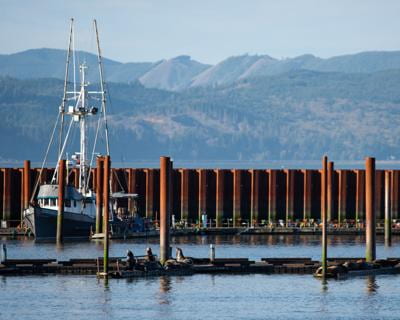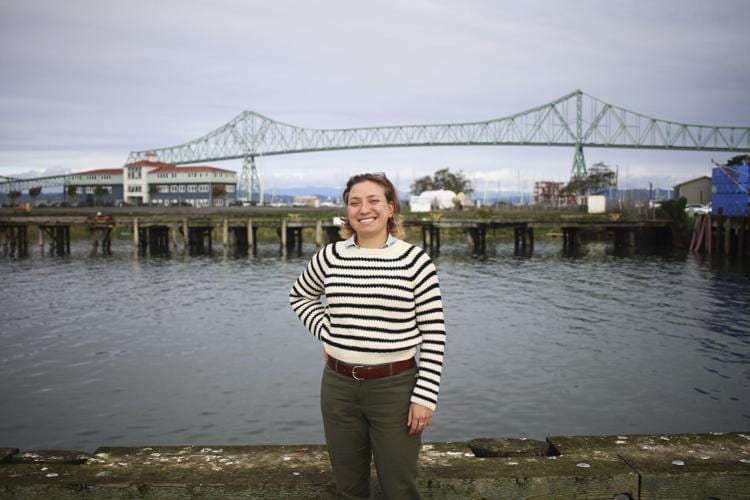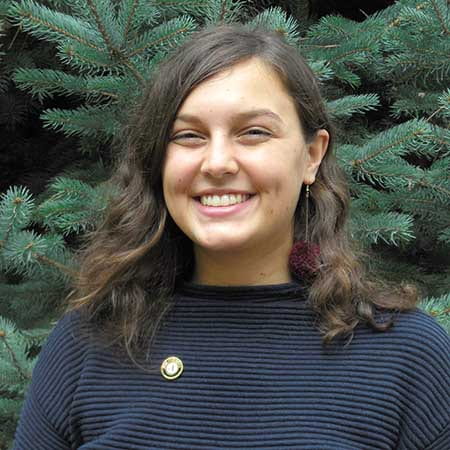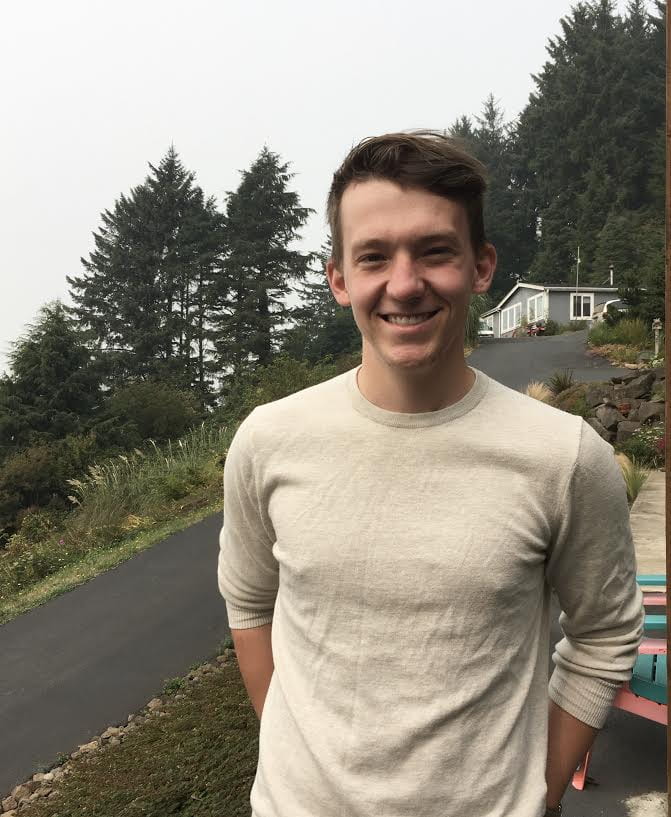
By Christian Sala
I am extremely grateful for the incredible opportunity to work at Roseburg Public Library for the past 11 months as their Resource Assistance for Rural Environments (RARE) AmeriCorps member.
It feels like just yesterday when I vividly remember taking a guided tour of the library with Library Director Kris Wiley just before my first official day last September. I was brimming with excitement and passion as I eagerly anticipated the chance to positively impact the community and contribute meaningfully to the operations of the library.
Throughout my time, I sincerely hope that my unwavering enthusiasm and innovative ideas played a significant role in enhancing the library’s day-to-day functions and shaping its future endeavors, thereby making a tangible difference in the lives of our patrons.
Looking back on my time spent at the library, I realize it was a truly enriching and eye-opening experience. It provided me with invaluable insights into the inner workings of a community space so crucial to the local area.
Through direct observation and interaction, I witnessed the profound impact of the library’s services on the community. In particular, I gained a deep appreciation for the technology assistance many adults receive and early learning programs tailored to the needs of young library patrons. These programs play a vital role in shaping the community by providing essential educational resources and fostering a love for learning from an early age.
During my time at the library, I led four important projects that improved library services.
First, I conducted a thorough survey of library usage and organized two focus groups to collect valuable insights and feedback. This information will be important for developing the library’s second five-year strategic plan.
Second, I drafted a technology plan, which included researching and planning for the acquisition of 3D pens for the maker space, as well as creating innovative programs for young people.
Third, I coordinated programming for adults, which included teaching basic technology classes and providing one-on-one tech assistance. I also worked with respected authors and academics to organize engaging talks and events aimed at promoting community involvement and discussion.
Finally, I provided essential assistance to the Youth Services Librarian in coordinating and implementing various programs for young people, including the highly successful Summer Reading Program.
I am extremely grateful for the invaluable support and guidance provided by Wiley and Youth Services Librarian Aurora Ropp. Their unwavering encouragement and patience played a pivotal role in shaping my professional growth. The experiences and knowledge I acquired during my tenure have been nothing short of transformative. Their mentorship has not only bolstered my professional confidence but has deepened my understanding of the intricate dynamics between nonprofit organizations and local government.
As I get ready to start a Master of Business Administration program at the University of Oregon this fall, with a focus on finance and securities analysis, I aim to apply the knowledge and skills gained from my experience in the library to assist and counsel nonprofits, especially in dealing with limited finances. My goal is to keep supporting nonprofits in managing their finances effectively and helping them reach their objectives.
My last day at the library was July 27, coinciding with the library’s biggest annual event, Harry Potter Day, where two AmeriCorps peers volunteered alongside me.
Christian Sala was the outreach services lead at Roseburg Public Library.
This article first appeared on The News-Review and is republished here under a Creative Commons license.




